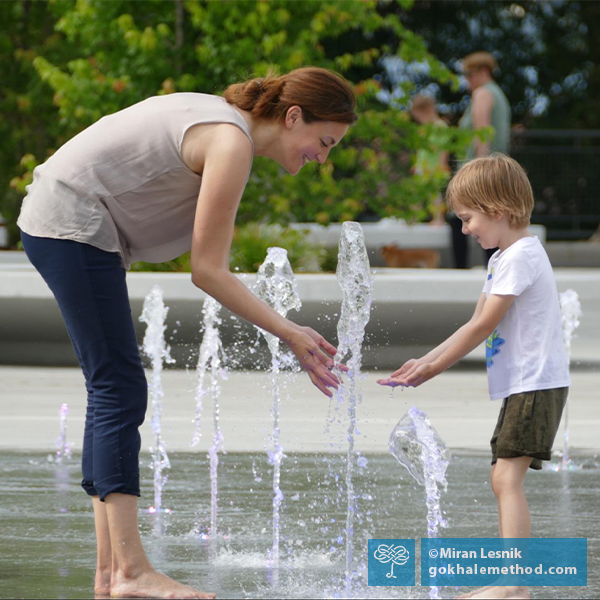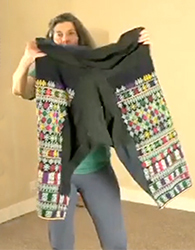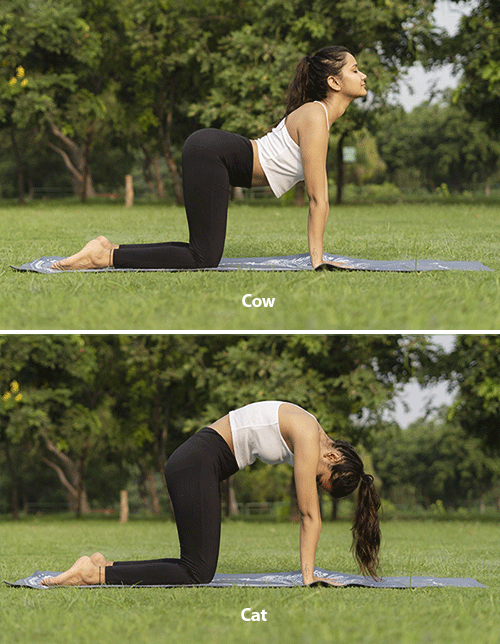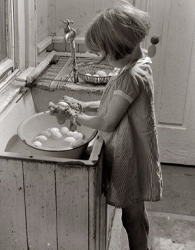For many people, their first encounter with back pain is when they become parents. That was certainly true in my case, although, to be factually correct, I was a mom-to-be in the ninth month of my first pregnancy when a herniated disc brought me, literally, to my knees.
Pants, Posture, and a Pain in the Back
As we transition from the winter months into spring, many of us will search in our wardrobe for lighter weight clothing and perhaps some lighter colors. One thing we often overlook when it comes to choosing clothing is how it affects our posture—including whether it risks giving us back pain, or helps to resolve it.
Home Exercises Part 3: Cat-Cow
This is our third blog post in the series where we put popular exercises under scrutiny to examine how they stack up—or not—against the principles of healthy posture. Here we are looking at “Cat-Cow,” a common exercise for mobilizing the spine.
Cow is one of the “holy cows” of conventional exercise. Done on all fours, it puts the spine into extension (swaying). It is paired with Cat , which puts the spine into flexion (rounding). Alternating between these postures is widely considered to be a good or even necessary exercise for mobilizing the spine.
How not to Hunch like your Parent and Grandparent
Hunching over or rounding the upper back is often regarded as a hereditary characteristic. I frequently hear people say, “my back is stooped just like my mother, and her mother had it too.”
Is a hunched back Nature or Nurture?
I agree that hunching is certainly a family trait—but it is largely a learned one, not inherited.
We mostly learn our posture from our parents and family members. As we grow up, the role models around us in wider society also hold sway. Unfortunately, in our culture, these are usually pretty poor examples to follow. Our relationship to healthy posture has steadily been eroded over the past one hundred years, as I explain in my book 8 Steps to a Pain-Free Back.




